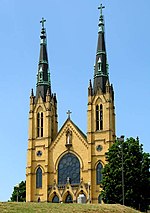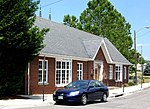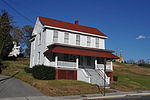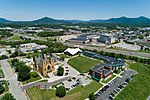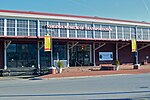Lucy Addison High School
Lucy Addison High School was an all-African American high school founded in 1928 during Jim Crow racial segregation in Roanoke, Virginia. Named after Lucy Addison, a pioneering African American educator and first principal of the segregated Harrison School, Lucy Addison High School became Roanoke's second all-African American secondary educational institution. During its history, the school operated in two separate buildings: at Roanoke's Douglas and Hart Avenues between 1928 and 1952; and at Roanoke's Fifth Street and Orange Avenue between 1953 and 1970. As a result of Roanoke's desegregation of its high schools in 1963, Addison eventually became an integrated high school in 1970. Though the City of Roanoke closed Addison's doors as a high school in 1973, Addison was converted into Lucy Addison Junior High School. The building now operates as Lucy Addison Junior High School within the Roanoke City Public School System.
Excerpt from the Wikipedia article Lucy Addison High School (License: CC BY-SA 3.0, Authors).Lucy Addison High School
Hanover Avenue Northwest, Roanoke Rugby
Geographical coordinates (GPS) Address Nearby Places Show on map
Geographical coordinates (GPS)
| Latitude | Longitude |
|---|---|
| N 37.2842 ° | E -79.9475 ° |
Address
Hanover Avenue Northwest
24017 Roanoke, Rugby
Virginia, United States
Open on Google Maps


